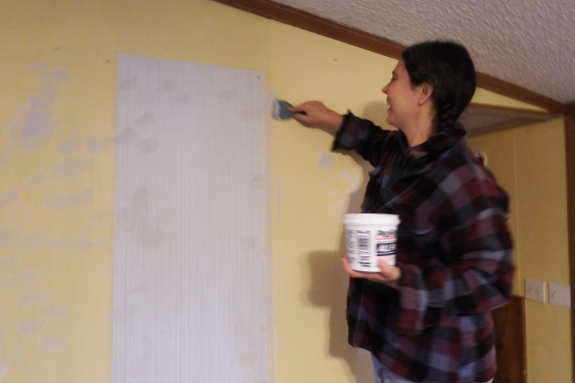
archives for 03/2019
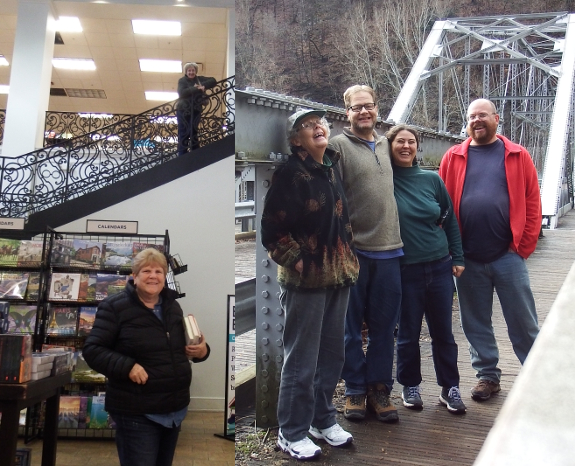
I hadn't even been over
here to check comments for months --- sorry to
leave so many of you dangling in moderation, especially when you were
all so thoughtful and kind. Rather than answering you individually,
here's a holiday-letter type of rundown from the last three months.
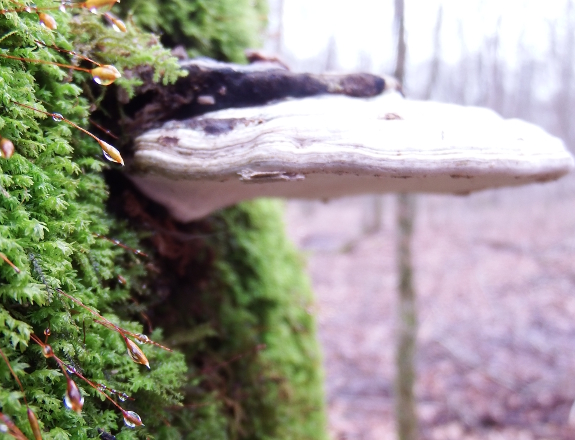
Most relevantly, we sold
our Virginia farm. It was a bittersweet moment,
but we're glad of the time and money freed up as we move on to new
adventures.
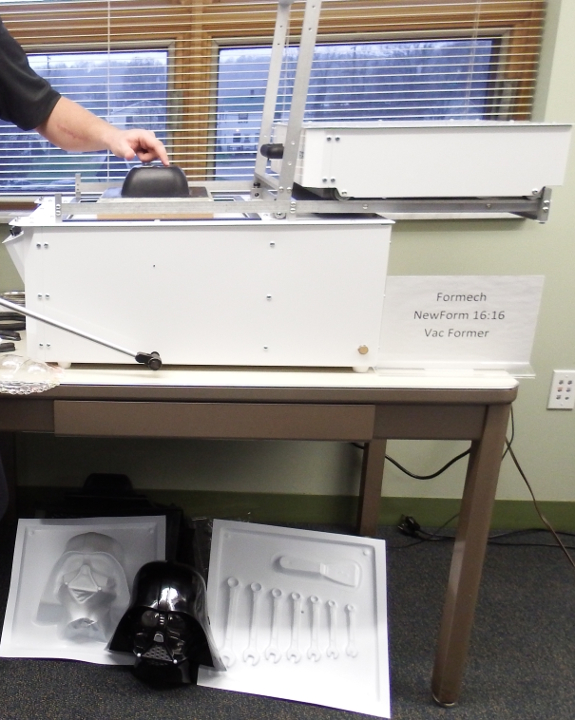
Mark won a $100 voucher
for our local 3-D printing workshop, but he
hasn't used it yet. He also finished up an ultra-short documentary
about our new stomping grounds and was pleased to have it chosen for
our local community film festival. He continues to take one class per
semester at the local university and to help other students with their
films while he scratches his own creative itch.
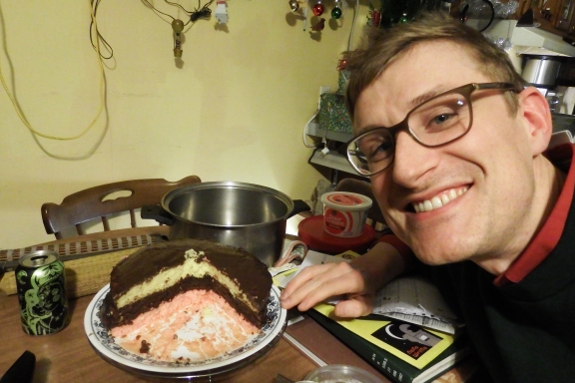
In December, we
celebrated our 30-40-50 birthday parties with my
cousin-in-law, in from Europe for the occasion.
Then we repainted the
living room wall and turned it into a Star
Wars
zone in honor of
Mark's new decade.

It snowed and snowed and
snowed and snowed, and the neighbor kids helped
turn the white stuff into sculptures.
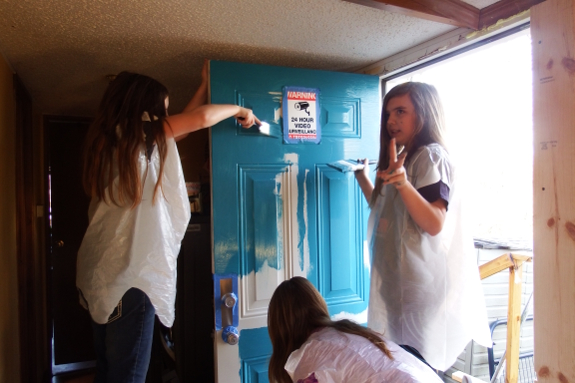
They also helped sweeten
the fact that someone kicked in our trailer door two days before
Thanksgiving and stole our new chainsaw and
two heirloom shotguns. So we replaced the door and installed a fancy
security system...not
that we
have anything else worth stealing. (We haven't replaced the chainsaw or
guns...so please leave our poor door alone!)
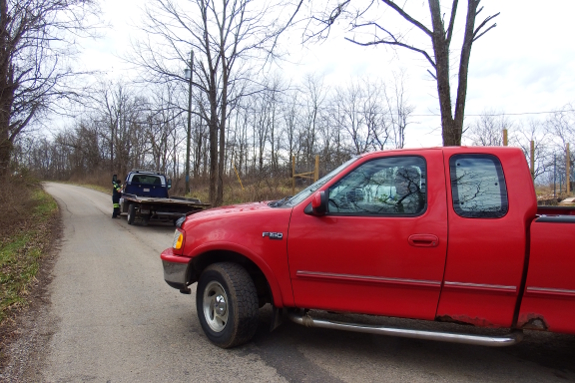
I broke Mark's truck...
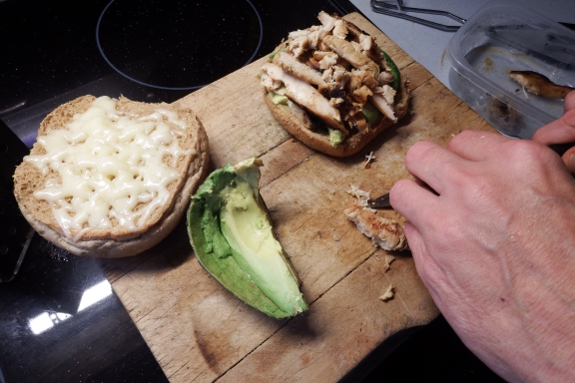
...and he now cooks all
the lunches. Our relationship is really very
even...I promise.
(Yes, the truck is now
fixed, just in time for hauling manure for the
garden.)
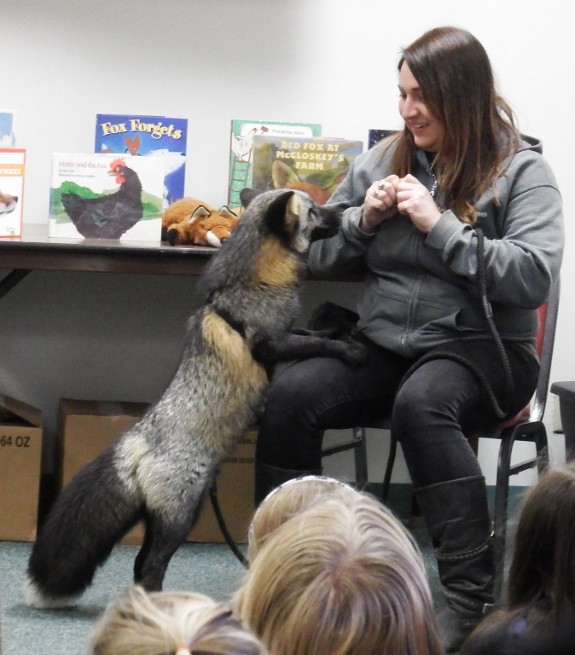
We got to see a real,
live fox at the library...

...and visited a Native
American petroglyph, both of which fed into my
fiction writing.
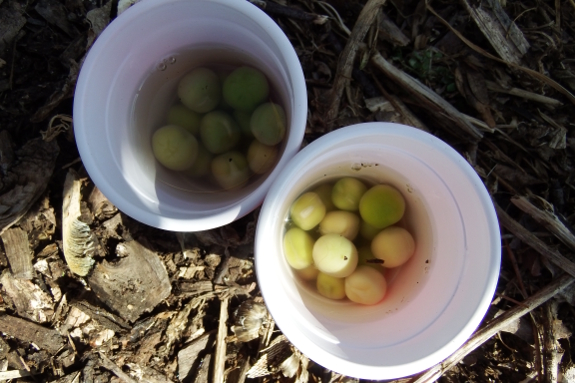
I started broccoli and
parsley inside then gambled and direct-seeded early peas and lettuce.
Many more crops are on the agenda for the months ahead, of course.

And I went on hikes here,
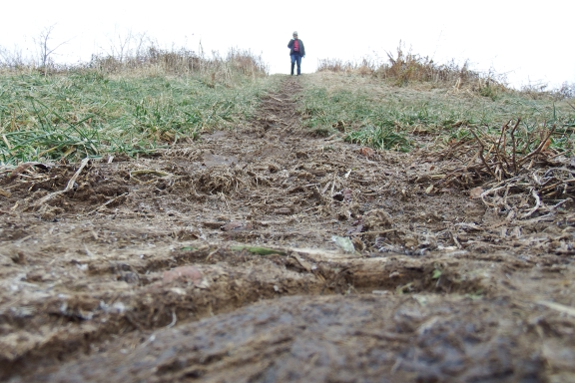
there,
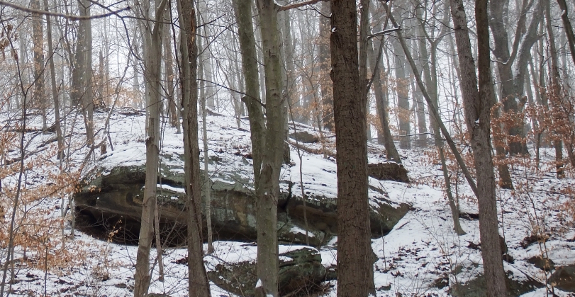
and everywhere.
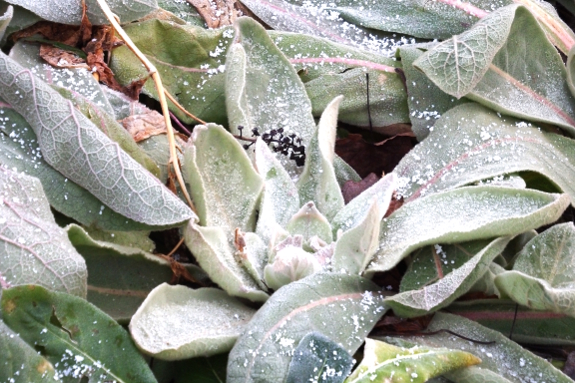
Until the next time I'm
randomly called to upload photos...happy adventures!
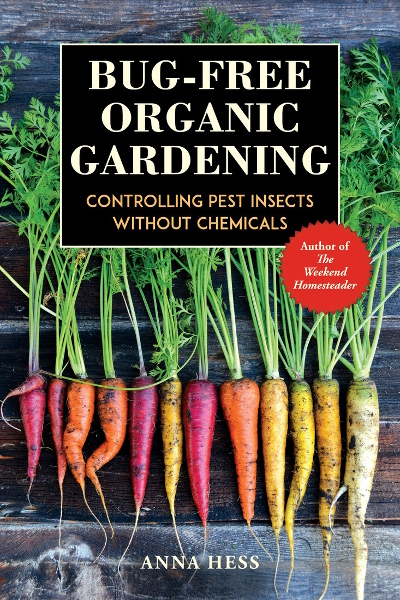 It's time to admit it ---
I've been holding out on you! I have a new book coming out on April
2...or do I?
It's time to admit it ---
I've been holding out on you! I have a new book coming out on April
2...or do I?
Bug-Free Organic Gardening is
actually the third edition of The Naturally Bug-Free Garden, with 25%
additional content rounding out the hands-on portion of the book. Which
means that if you purchased one of the previous editions in ebook-form
from Amazon, you should be able to get the updated version for free. I
couldn't get Customer Service to push out the update automatically, but
if you contact support they can hook you up with the new book file.
You can also nab a paperbook copy now to ship once the book goes live.
(It's currently 31% off on Amazon!) Or you can borrow a copy for free
via your Kindle Unlimited or Prime subscription.
And now, without further ado, one of the new sections, an interview of
Ohio University's professor Arthur Trese:
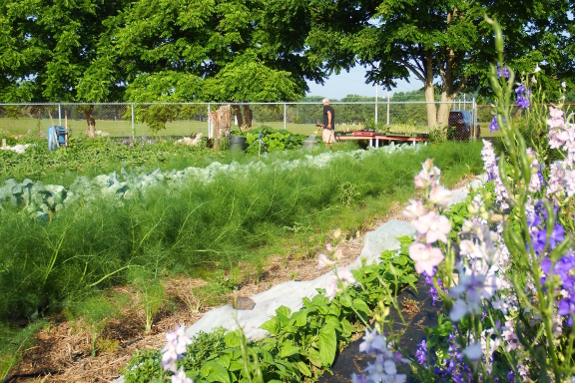
While the permaculture technique of building a bug-resistant ecosystem
is inherently appealing, most gardeners will occasionally be forced to
lower their standards if they hope to harvest an abundant crop.
Scientists have a name for this process of aiming for the stars but
accepting reality when necessary—integrated pest management (or IPM for
short). In a nutshell, IPM involves understanding how pest insects fit
into the ecosystem, using preventative measures like row covers and
hand-picking when possible, then hitting population explosions with the
lowest levels of effective insecticides when all else fails.
Dr. Arthur Trese of Ohio University's Learning Garden in Athens, Ohio,
is a farmer well versed in IPM. He and a small cadre of enthusiastic
interns run this 1.5-acre fruit and vegetable plot using vast
quantities of elbow grease. Still, there are only so many hours in the
day. So they have to work smart to harvest sufficient produce for
twice-weekly sales to students, faculty, and members of the broader
community.
To that end, Trese and his interns utilize a vast variety of
pest-control methods, beginning with smart plantings meant to overcome
invasions before they start. For example, summer squashes are set out
successionally throughout the season, with older plants quickly
transitioning from productive members of the garden community into
traps for squash vine borers. Insects lay their eggs on
first-generation stems, those vines are removed, then younger plants
are left pristine.
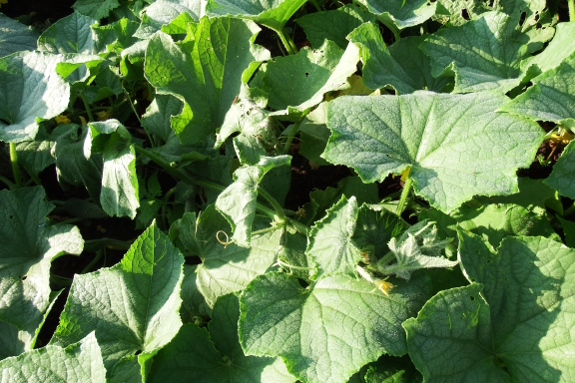
Cucumber beetles are a bit trickier since this smaller pest hits the OU
garden both hard and fast. To counteract the inevitable invasion, Trese
begins with row covers when the plants are young, adding in the organic
insecticide spinosad when pest populations start to soar. "We first
used Bt in our garden," Trese notes. "But Bt only works on
caterpillars. Spinosad is more broad-spectrum and is the only
insecticide we currently use on our crops."
Trese has looked into chemical-free alternatives for the pesky cucumber
beetles, mentioning pheromone traps that have recently come onto the
market. "But traps are expensive," he notes as he pulls out a cucumber
vine that succumbed to bacterial wilt borne by the small, yellow
beetles. A pragmatist, he understands that sometimes it's better to
accept a certain level of losses than to spend more than you earn
battling bugs.
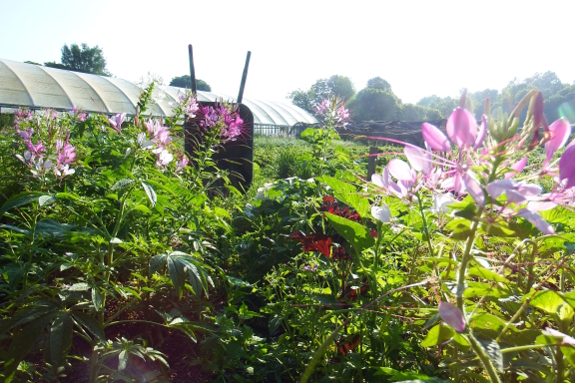
Pragmatism doesn't prevent Trese from focusing on the ecosystem,
however. His garden is full of flowers that attract pollinators and act
as trap crops to condense problematic insects into one spot. Meanwhile,
parasitic wasps are his slow-but-sure solution to cabbageworms on
broccoli. "Wasp populations build naturally over the course of the
season," Trese notes. "By fall, 80% of the caterpillars on broccoli are
affected...but the cabbageworms keep eating anyway."
The caterpillars may eat, but the community does too. And after over a
decade managing a garden that produces bags and barrels and bins of
produce every week, Trese's integrated approach to pest control has
clearly paid off. All it took was a few patches of flowers...and a lot
of elbow grease.
Want more in-depth information? Browse through our books.
Or explore more posts by date or by subject.
About us: Anna Hess and Mark Hamilton spent over a decade living self-sufficiently in the mountains of Virginia before moving north to start over from scratch in the foothills of Ohio. They've experimented with permaculture, no-till gardening, trailersteading, home-based microbusinesses and much more, writing about their adventures in both blogs and books.
